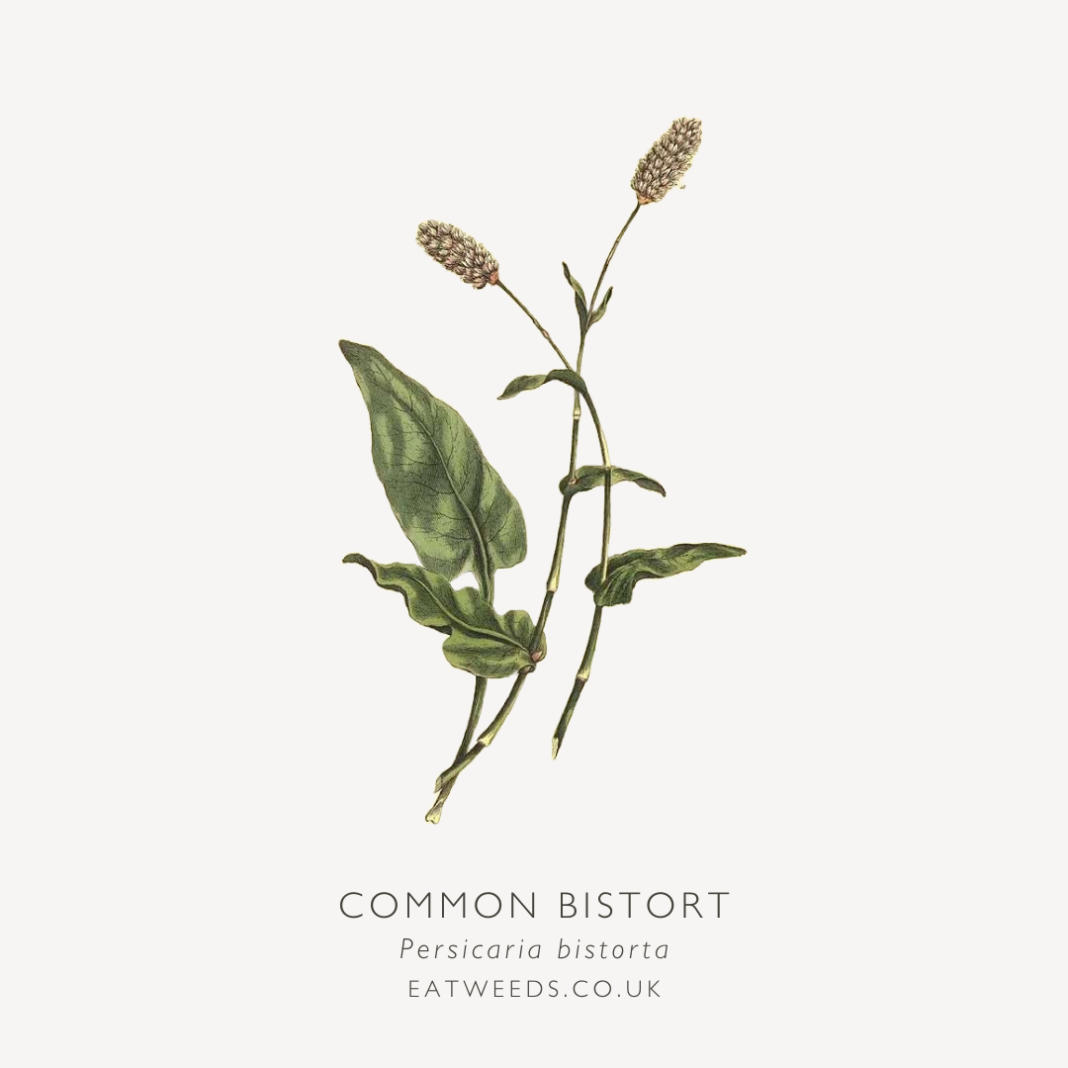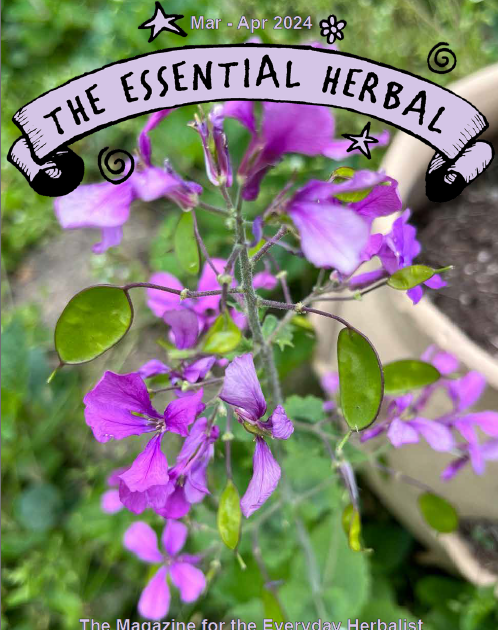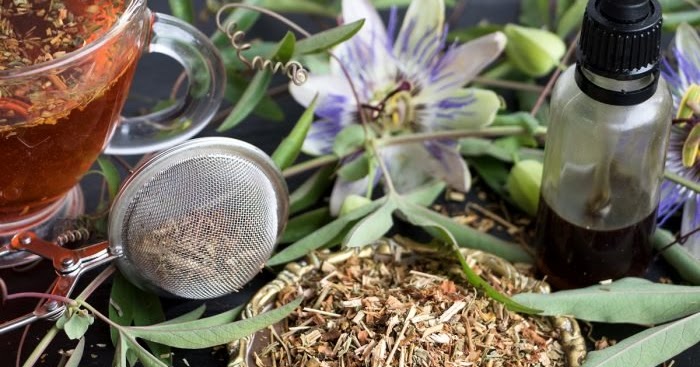Bistort, Persicaria bistorta, a wild green with a long history of culinary use, is a key ingredient in a traditional British springtime dish known as dock pudding or Easter ledge pudding.
The dish, which is particularly associated with the Calderdale area of West Yorkshire, is made by combining bistort leaves with other wild and cultivated greens, such as nettles, onions, and oatmeal, and then boiling the mixture together.
The resulting pudding, known for its strong, distinctive flavour and green, slimy consistency, is often counteracted by frying it in bacon fat until crisp and salty on the outside.
Traditionally, people eat dock pudding two weeks before Easter, considering it a cleansing and nutritious dish that helps replenish the body after the winter months.
The pudding’s use of Bistort is reflected in its various local names, such as passion dock, patience dock, and Easter mangiant, which reference the plant’s association with the Easter season and its perceived medicinal properties.
While dock pudding is most famously associated with Calderdale, thanks in part to the annual World Dock Pudding Championship held in Mytholmroyd since 1971, the use of Bistort in similar pottages and puddings has been widespread throughout England and southern Scotland for centuries.
This championship, a celebration of traditional British cuisine and a platform for culinary innovation, has played a significant role in keeping the tradition of dock pudding alive. Up until the 17th century, oatmeal pottage was a staple food in Britain, often enriched with various green herbs for flavour and nutritional value.
In northwest England, people made a similar dish called Easter-ledge or ledge pudding using bistort leaves. They believed these leaves had magical and medicinal properties, such as preventing miscarriages and purifying the blood.
Other ingredients include lady’s mantle, oatmeal, barley, salt, and water. The mixture was typically soaked overnight, drained, baked, or scrambled with eggs.
During the Edwardian period, cooks reinvented the humble herb pudding as the more elegant “guard of honour” pudding. They placed it between racks of lamb criss-crossed like swords at a military wedding and roasted the ensemble.
Despite its various incarnations and regional variations, the tradition of using bistort and other wild greens in springtime puddings has endured. The World Dock Pudding Championship in Mytholmroyd helps to keep this unique culinary custom alive.
Dock Pudding Recipes
References
Barstow, S. (2014). Around the world in 80 plants: An edible perennial vegetable adventure for temperate climates. Permanent Pubns.
Davidson, A., Jaine, T., & Vannithone, S. (2014). The Oxford Companion to Food. Oxford University Press.
Dock Pudding. (2023). British Food: A History.
Harland, G. (2012). The Weeder’s Digest: Identifying and enjoying edible weeds. Green Books.
Mytholmroyd World Dock Pudding Competition. (n.d.). Retrieved 7 April 2024, from https://calendarcustoms.com/articles/world-dock-pudding-competition/
Quinzio, J. (2012). Pudding: A Global History. Reaktion Books.


